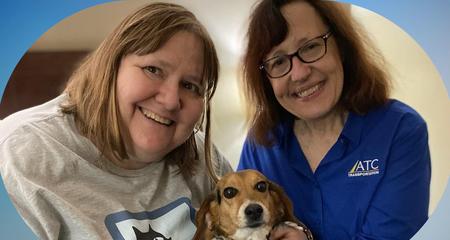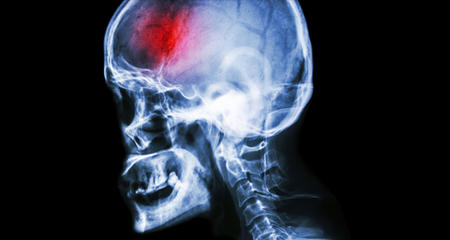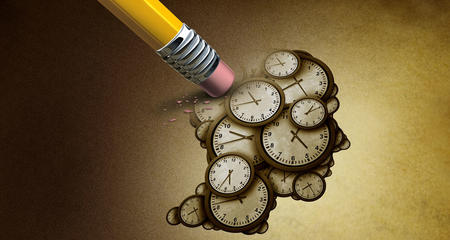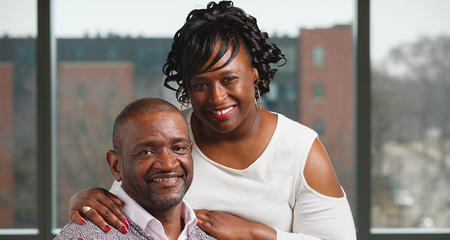Moyamoya disease is caused by blocked arteries at the base of the brain. As the blockage builds, the brain creates more blood vessels around the block to help bring more oxygen in the blood to deprived areas of the brain. The name "moyamoya" means "puff of smoke" in Japanese and describes the tiny vessels that form to deal with the blockage.
The cause of moyamoya disease is generally unknown, but may be secondary to other underlying conditions such as Down’s syndrome, diabetes, neurofibromatosis and sickle-cell disease. Family history may also play a role.
In the United States, the risk of developing moyamoya is less than one in 100,000. It can occur at any time, but is most commonly seen in children aged 5 to 15 and in adults aged 30 to 40.
Moyamoya Symptoms
Symptoms of moyamoya are similar to a stroke. Symptoms can include weakness or numbness in an arm or leg, difficulty speaking or paralysis affecting one side of the body. Other symptoms include seizures or changes in memory or recall. A severe headache can occur along with the other stroke symptoms that develop.
Treatment of Moyamoya Disease
There are no medications available that reverse the smaller arteries seen with moyamoya disease. Instead, treatment focuses on decreasing the risk of stroke through medication and surgery.
Medications
For those with stroke symptoms or TIAs (small strokes), aspirin or other blood thinners may decrease the chance of having a stroke. Research has shown, however, that aspirin alone is not the best way to treat moyamoya.
Moyamoya Disease Surgery
Surgery is generally recommended for moyamoya patients with stroke symptoms that get worse or TIAs that continue to occur. The procedures vary depending on the patient's age and symptoms.
- Cerebral bypass procedure: This surgery connects a blood vessel from outside the brain to a vessel inside the brain, allowing the surgeon to redirect blood flow around an artery that is narrowed, blocked, or damaged. The procedure is generally recommended for adults.
- Encephalo-duro-arteriorsynangiosis (EDAS): The surgeon takes the superficial temporal artery and places it in contact with the brain surface. A hole is cut in the skull directly beneath the artery. The artery is then sutured to the surface and the bone replaced. The procedure is generally performed on children.
- Omental transposition procedure: The omentum (the lining surrounding the abdominal organs) is very rich in blood supply. The surgeon places the omentum on the surface of the brain so that the vessels can eventually grow into the brain and improve blood supply. This surgery is performed on children.
- Multiple burr holes: Several small holes (burr holes) are place in the skull to allow for growth of new vessels into the brain from the scalp. Multiple burr holes procedure is generally offered to adults.
After surgery, most individuals do not experience additional strokes or other related issues. Without surgery, individuals with moyamoya disease may experience progressive mental decline and multiple strokes as the arteries continue to narrow. Without treatment, moyamoya disease can be fatal as the result of intracerebral hemorrhage (bleeding within the brain).
Recognized as High Performing by U.S. News & World Report
Froedtert Hospital and Froedtert Menomonee Falls Hospital are recognized by U.S. News & World Report as high performing in stroke care.More to Explore





